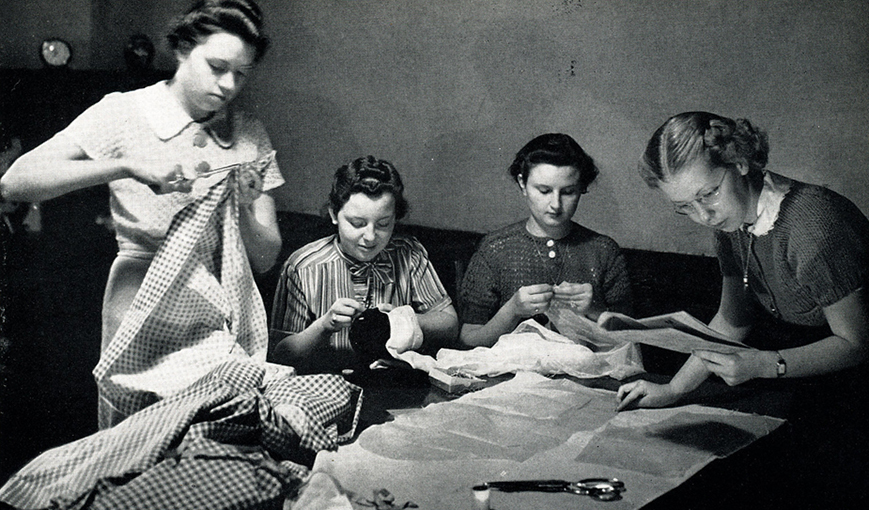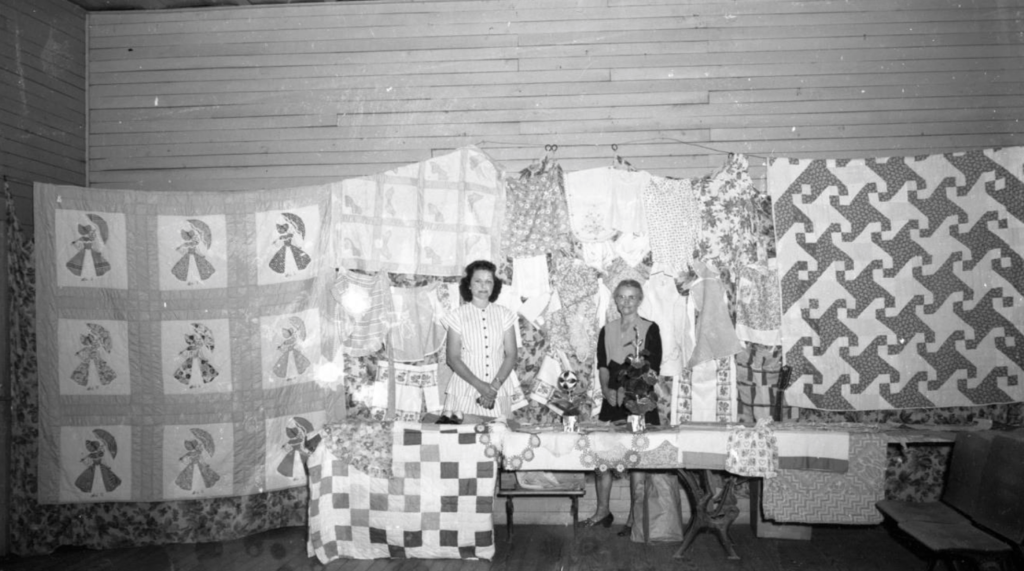Quilting, a time-honored tradition passed down through generations, serves as a powerful vessel for preserving cultural heritage and identity. Across diverse communities and civilizations, quilting has played a central role in transmitting stories, traditions, and values from one generation to the next. As we delve into the significance of quilting in culture, we uncover a tapestry of narratives that reflect the rich and diverse fabric of human experience.

Quilting Culture Around the World
In many cultures around the world, quilting is more than just a practical craft—it is a sacred art form deeply intertwined with the cultural identity of its practitioners. From the intricate geometric patterns of Native American quilts to the vibrant storytelling quilts of African tribes, quilting serves as a visual manifestation of cultural heritage, embodying the collective wisdom and artistic expression of a community.
Native American Quilting: Celebrating Heritage Through Geometric Designs
Native American quilting represents a rich cultural tradition that combines the art of quilting with the unique geometric designs and symbolism of Indigenous peoples. These quilts serve as a testament to the vibrant history and heritage of Native American communities.
One of the distinguishing features of Native American quilting is the use of geometric patterns and designs. These patterns can be traced back through generations, connecting contemporary quilters to their ancestors and the traditional techniques they employed. Geometric shapes such as triangles, diamonds, squares, and hexagons are often seen in Native American quilts, each carrying its own significance. These shapes are carefully arranged to create intricate designs, representing a harmonious balance of elements in Native American culture.
African Quilting: Weaving Stories With Bold Colors and Shapes
In African cultures, quilting serves as a means of storytelling and community cohesion, with quilts often featuring intricate designs and motifs that convey deeper meanings and symbolism. From the vibrant story quilts of Ghana to the bold geometric patterns of South African Ndebele quilts, quilting in Africa is a celebration of cultural heritage and identity, with each stitch serving as a testament to the resilience and creativity of its makers.
African quilting stands out for its bold use of colors, striking patterns, and rich storytelling. Rooted in ancient traditions and passed down through generations, African quilting is a celebration of cultural heritage, community identity, and the resilience of the human spirit. Unlike traditional quilts in Western cultures, which often focus on geometric patterns and symmetry, African quilts are characterized by their free-form designs and improvisational style.


One of the most iconic forms of African quilting is the “story quilt,” a narrative quilt that uses imagery and symbolism to recount tales of community history, identity, and resilience. These quilts serve as visual chronicles of life, preserving stories and traditions that might otherwise be lost to time. Each stitch is a thread in the fabric of cultural memory, weaving together past, present, and future in a celebration of collective identity and heritage.
As we reflect on the role of quilting in culture, it’s important to recognize the ability of quilts to transcend linguistic and cultural barriers, serving as a universal language of creativity and expression. Whether it’s the colorful patchwork quilts of Europe or the elegant sashiko stitching of Japan, quilting has the power to unite diverse communities around a shared appreciation for craftsmanship, beauty, and tradition.
Tradition, Continuity, and Cultural Sustenance
Quilting serves as a bridge between the past and the present, sustaining traditions and passing on cultural knowledge through generations. Many quilting techniques have been preserved for centuries, providing a link to the craftsmanship and skills developed by our ancestors. By engaging in quilting traditions, individuals connect with those who came before them, fostering a sense of continuity.
Quilting traditions often involve communal gatherings, where knowledge and skills are shared among family members, friends, or community members. These quilting bees or circles serve as spaces for intergenerational dialogue and the transfer of cultural values. Elders pass down techniques, patterns, and stories to younger generations, ensuring the preservation of tradition and promoting cultural sustenance.
Preserving Culture in Modern Quilting
In modern times, quilting continues to play a vital role in sustaining cultural traditions and fostering intergenerational connections. In immigrant communities around the world, quilting serves as a means of preserving cultural heritage and passing down ancestral knowledge to future generations. Through quilting bees, workshops, and community gatherings, elders impart their wisdom and skills to younger members, ensuring that the legacy of quilting lives on for years to come.
Moreover, quilting in culture extends beyond the realm of tradition and heritage—it is also a form of social activism and resistance. In marginalized communities, quilting has been used as a tool for advocacy, empowerment, and social change. From the AIDS Memorial Quilt, which commemorates the lives lost to the HIV/AIDS epidemic, to the Quilts of Gee’s Bend, which highlights the resilience and creativity of African American women in the rural South, quilting has been instrumental in raising awareness of pressing social issues and amplifying marginalized voices.
The Significance of Preserving Culture Through Quilting
Quilting is a profound expression of human ingenuity, resilience, and cultural richness. It transcends mere craftwork, becoming a vibrant tapestry through which communities preserve their heritage, articulate their narratives, and reaffirm their identities amidst the flux of time and change. By diving deeper into the significance of quilting in culture, we can come to appreciate its transformative power – not only in the lives of individuals but also in the collective consciousness of societies worldwide.
If you’re interested in expanding your quilting knowledge and learning new techniques, check out our available online quilting classes. By signing up for online quilting courses, you can embark on a journey of creativity, exploration, and self-discovery. Let your imagination soar as you bring your quilting dreams to life, and join us in celebrating the timeless art of quilting and its profound impact on the world around us.







